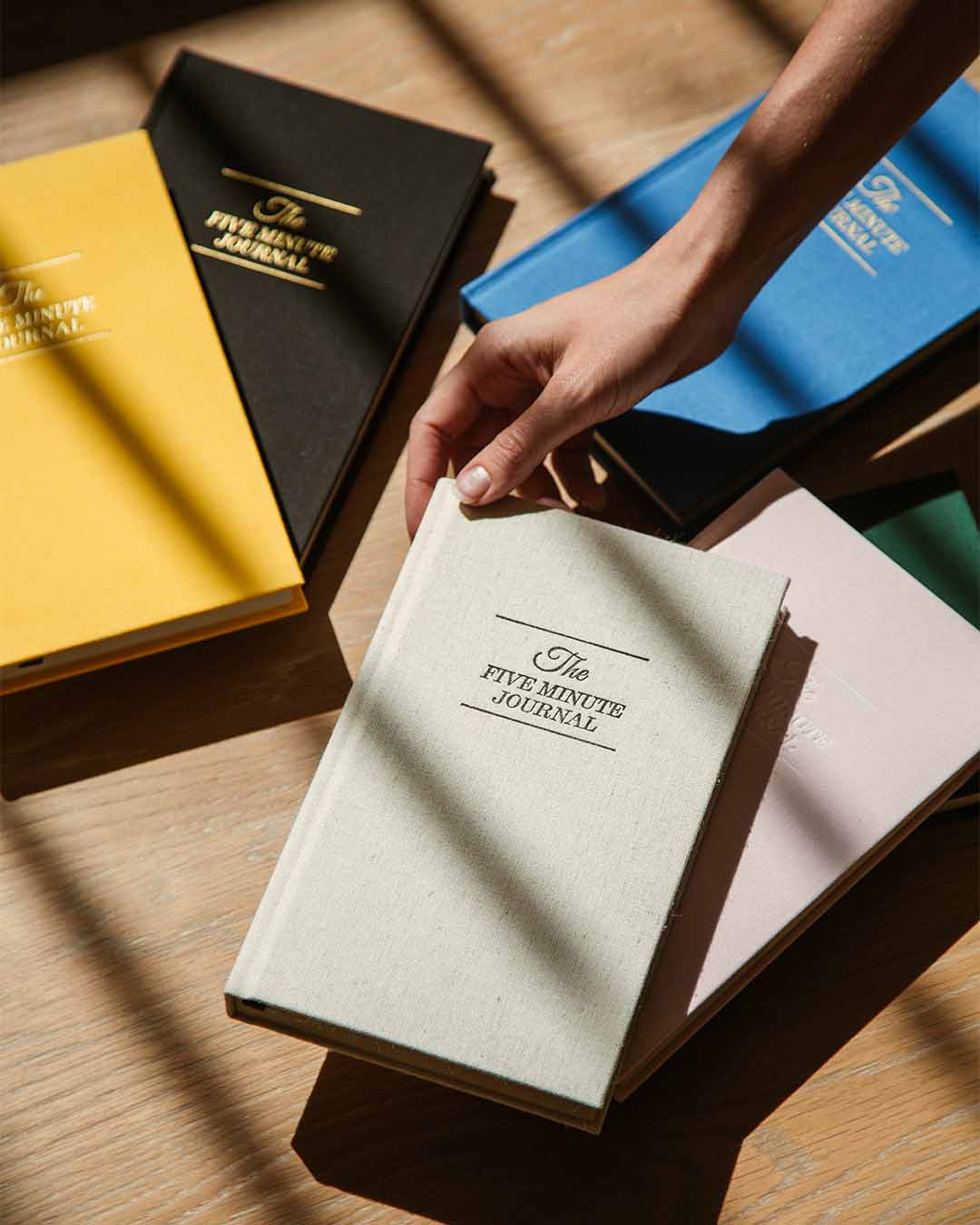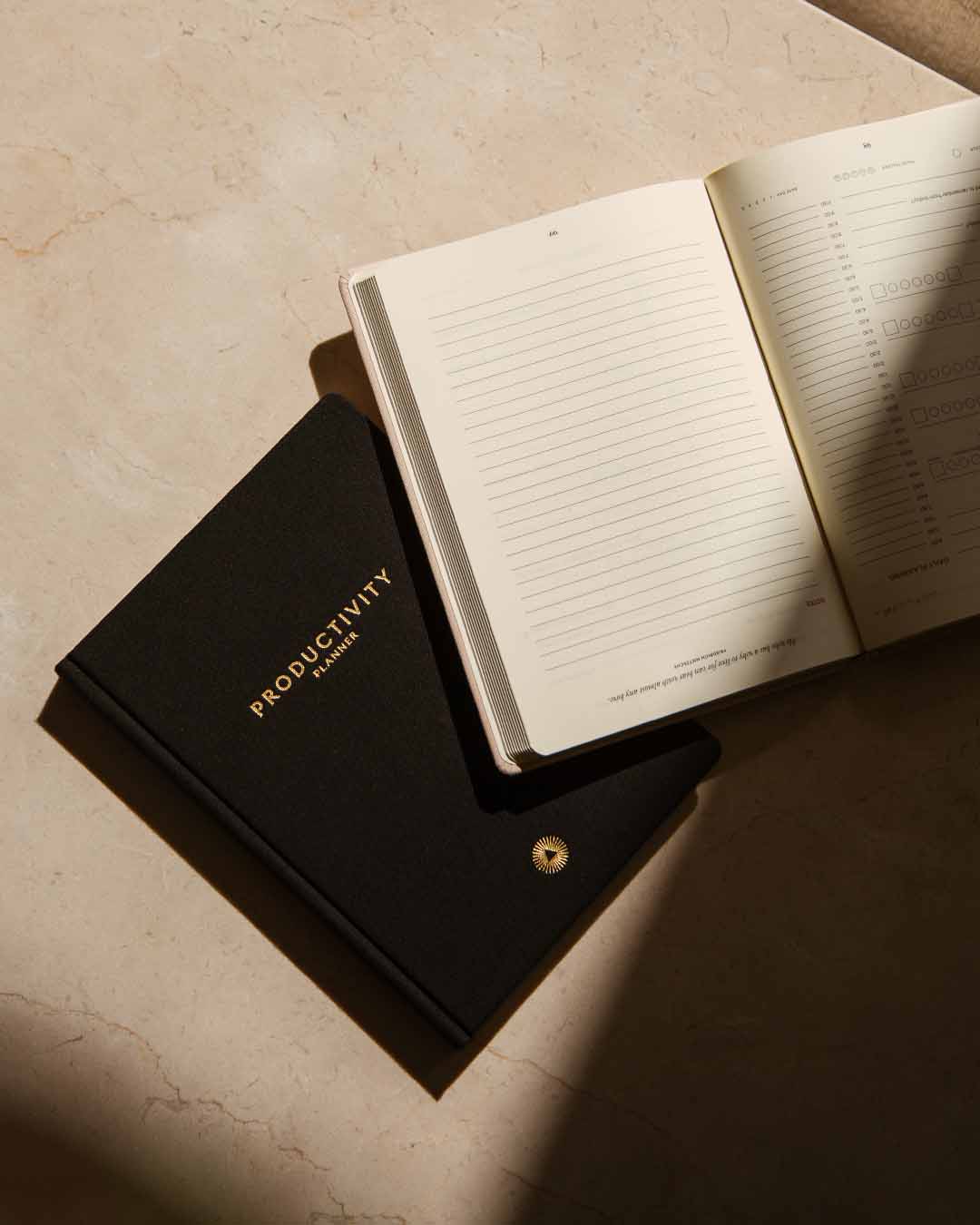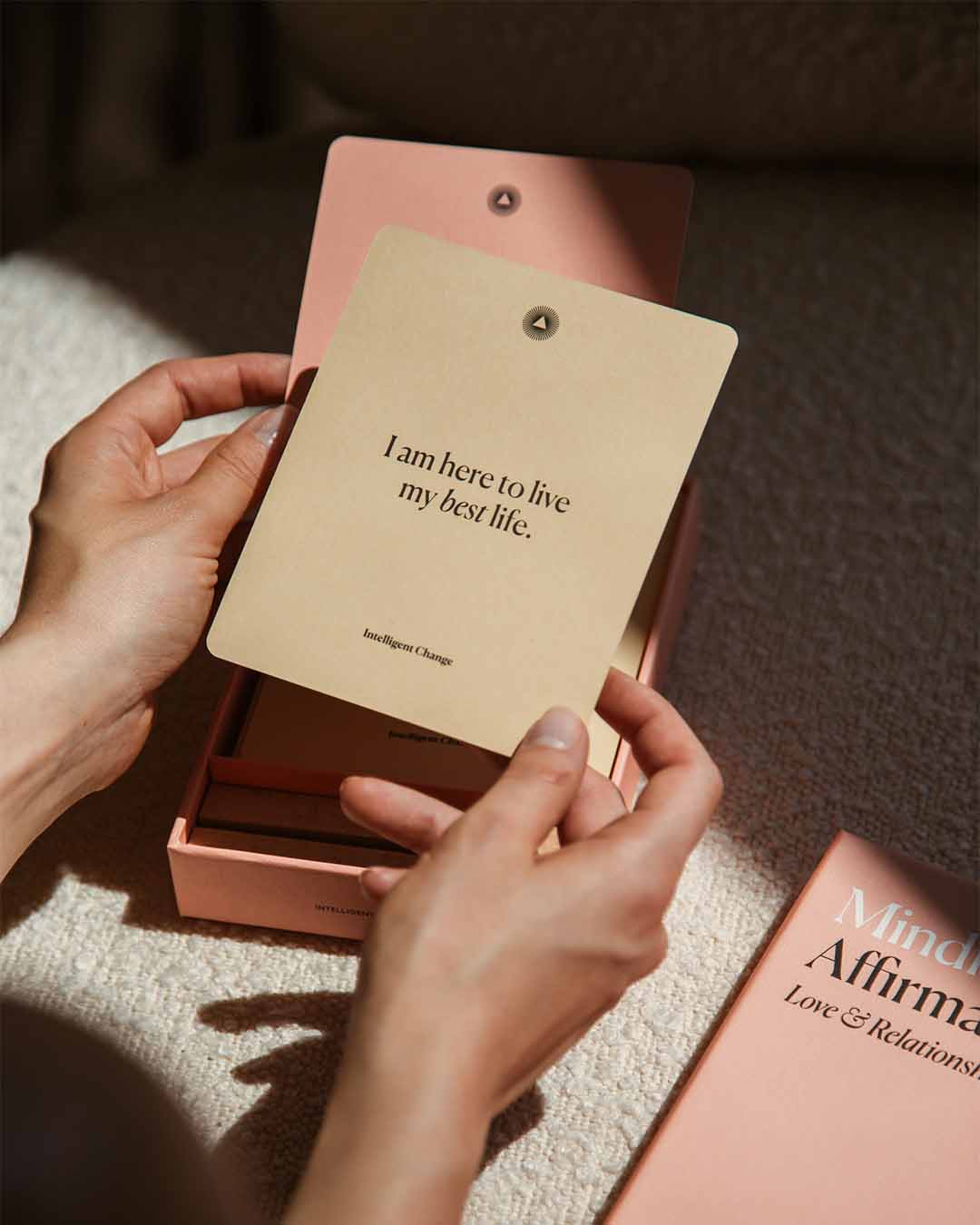What is Your Emotional Attachment Type?
by Intelligent Change
Have you ever wondered why some relationships feel effortlessly supportive, while others leave you feeling insecure and misunderstood? The answer often lies not in the stars but in something much closer to home: your attachment style.
Originating from the groundbreaking work of early 20th-century pioneers like John Bowlby and Harry Harlow, our understanding of attachment shapes every interaction we have. Whether it's the joy of a parent reunited with their child or the dedication of Konrad Lorenz's ducklings, the principles of attachment are universally observable and deeply personal.
This isn't just about academic interest. Understanding your attachment style can revolutionize your relationships, offering a clearer path to love and emotional fulfillment. It can help you navigate the complexities of intimacy with grace and resilience, turning relationships and connections turbulence into opportunities for growth and connection.
So, how do you start this transformative journey? First, by understanding the very foundation of attachment theory and recognizing where you fit within its spectrum. Let's dive into the fascinating world of attachment styles, explore their profound impact on our lives, and uncover how you can identify and enhance your own style to foster healthier, happier relationships.
What is attachment?
Very often we hear the word attachment in a negative context: He is too attached to his mother. You get too attached to objects and things. Don’t get too attached, you’ll get hurt. And yet, attachment is like the air we breathe: everyone is emotionally attached.
We think we’re not taking it too far if we say that there’s no life without attachment. In humans, it begins to form before birth. When making a conscious choice, future parents get attached to the idea and vision of their family and fantasy about their child. As the child grows within the mother, she and the baby form an attachment, as the mother becomes more and more aware of the baby’s existence in her.
John Bowlby described it as the “lasting psychological connectedness between human beings”. It happens with animals, too. Within 5-7 minutes after birth, baby birds imprint on or identify as the parent of the first object they see and will keep following that object wherever it goes.
We first form it with our primary caretakers, but then, as we grow, we tend to internalize the pattern. We also apply it elsewhere: we get attached to our favorite blanket, or toy, as they provide us with a sense of security and warmth. We attach to family members, teachers, and other kids that become our friends.
Emotional attachment is the foundation of our self-esteem. It plays the key role in the formation of our character, and it defines the way we perceive other people and the world around us.
However, on the road to creating emotional attachment, things don’t always go smoothly. If we were all securely attached individuals, this world look different. Parents are not perfect human beings, their characters and mindsets can be different from their child’s, and occasional frustration and misunderstanding is a normal part of development.
Depending on our early experiences, we form a picture of the world and other people, and that can be trusting or distrustful, warm or scary, or we become easily dependent or anxious when intimate.
What is your attachment style?
The attachment styles concept originates from the work of psychologist John Bowlby and was further expanded by Mary Ainsworth in her studies on the attachment behavior of infants. Keep in mind that the classification is only theoretical. No one is “fully secure” or “fully avoidant”—these classifications are meant to help you conceptualize your behavior better, recognize patterns, and reflect on how you can improve and strengthen your relationships.Secure Attachment
In childhood, children with secure attachment experience a healthy balance of emotions—they feel sad when separated from their parents but joyful upon their return. They naturally seek comfort from their parents over strangers, indicating a strong, healthy bond. The parents of these children often enjoy stable and fulfilling romantic relationships and consistently respond to their children in calm and supportive ways.
As these children grow into adults, they tend to form trustful and long-lasting relationships. They possess strong self-esteem and excel in giving and receiving support. Adults with secure attachment comfortably share their feelings and embrace intimacy without fear, making their relationships deeply satisfying.
Anxious-Preoccupied Attachment
Children with an anxious-preoccupied attachment often face a rollercoaster of emotions due to the unpredictable affection they receive from their caregivers. This inconsistency leads to a heightened need for reassurance and a fear of abandonment that persists into adulthood. The caregiving they receive can swing from warm and attentive to cold and distant without warning, embedding a sense of insecurity.
As adults, these individuals hunger for closeness and are heavily reliant on their partners for emotional validation. Their relationships are often marked by clinginess and an underlying worry about their worthiness of love.
Dismissive-Avoidant Attachment
From a young age, children who develop a dismissive-avoidant attachment style learn to rely on themselves. Their caregivers often show little emotional warmth and discourage any overt expressions of feelings, pushing the children toward premature self-sufficiency. This early independence often manifests in adulthood as a preference for emotional distance in relationships.
Dismissive-avoidant adults might struggle with trust and intimacy, frequently valuing their independence over close relationships. Their self-reliance is a fortress, shielding them from the vulnerabilities that come with deep emotional connections.
Fearful-Avoidant Attachment
Children with fearful-avoidant attachment often grow up in an environment marked by erratic and sometimes negative behaviors from their caregivers, leading to mixed feelings of desire and fear towards close relationships. This confusion fosters a deep mistrust and fear of intimacy, which they carry into their adult lives.
Fearful-avoidant adults are caught in a push-pull dynamic in their relationships; they crave emotional closeness but are scared to fully commit to it due to their deep-seated fears of getting hurt. Their relationships often appear turbulent as they struggle to balance their conflicting desires for intimacy and distance.
Can you change your attachment style?
Many people become frightened when they discover that they’re not securely attached. They start going through all the episodes from their past when they exhibited one of the less healthy attachment styles in their relationships with parents, friends, or romantic partners.
Attachment styles do operate as worldviews. Those who are rather anxious-preocuppied or fearful-avoidant tend to see the world as insecure and unconsciously confirm this worldview by either constantly getting themselves into situations that will prove them right or exhibiting selective attention and simply ignoring all the situations that prove that they are loved and appreciated.
However, all this is simply emotional coping. We often repeat behaviors in adulthood that were life-saving or somehow useful in our childhoods, but now they no longer work. And just like we can learn new skills, implement new healthy habits, or rewrite our personal narratives by changing or creating our identities, we can, too, understand and change our attachment style.
How?
First, let’s demystify the attachment styles: no one is 100% emotionally stable. We all deal with insecurities, obstacles, and challenges on a daily basis. The secret is to have a growth mindset, master the art of letting go, and accept yourself truly and unconditionally.
Therapy
Therapy can also be a process of deep wound and trauma healing, but it can also be a process of personal discovery, growth, and development. Both group and individual psychotherapy can be excellent resources for learning, gaining new experiences, cultivating self-love and forgiveness, discovering new tools for emotional regulation, and learning to identify who you are. In therapy, you can “fail” any number of times, and you’re always welcome to try again.
Communication
Talking to another person about the way you feel and the patterns you observe in your behavior and emotions can be of immense help, too. You’ll realize that you’re not alone in your feelings, and the strong connection you have with your interlocutor can help you overcome your insecurities. This person can also be your partner. A deep and honest talk can sometimes result in finding how to deal with emotionally overwhelming situations or anxiety triggers.
Journaling
We strongly recommend keeping a journal about your reflections, feelings, or experiences. It will help you reflect on your progress and can be handy for recognizing both productive and unproductive behavioral patterns.
Gratitude
When you feel like life gets too hard, the practice of gratitude can help you overcome any kind of negative self-talk or outlook on life. There is always something good going on, something worth noticing and appreciating, and the sooner you learn how to acknowledge small things and feel gratitude for them, the more joyful, balanced, and confident you’ll become.
Research has revealed many times that the practice of gratitude is the way towards secure attachment and that securely attached people tend to experience and express their gratitude more often.
_______________
In the end, understanding your attachment style isn’t just about navigating relationships. It's about setting the foundation for how you engage with the world. This knowledge is a tool—one that allows you to reshape your interactions and forge deeper connections with those around you.
As you reflect on your own patterns and begin to make these important shifts, you’re not just improving your relationships—you’re also enhancing your overall well-being. This journey is deeply personal and incredibly powerful. It offers a chance to break cycles that no longer serve you and to embrace a future where you feel more secure, understood, and genuinely connected.
Let this be your invitation to explore, to grow, and to transform. After all, the most profound changes often begin with a simple step: recognizing where you stand and daring to imagine where you could go.








